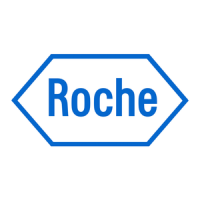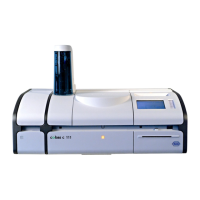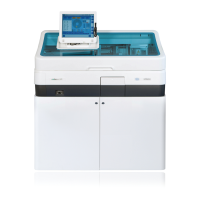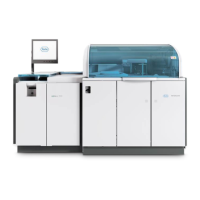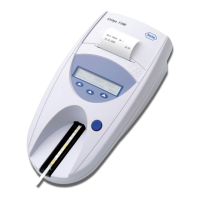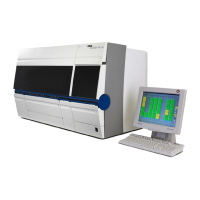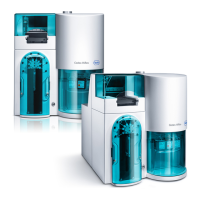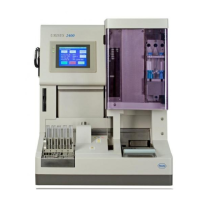Introduction
6
Test Principle
Two lines (signal and control line) in the detection zone of the test strip indicate whether the analyte to
be determined is present in the sample material. These lines are detected by the cobas h 232 meter
with the help of an LED (lighting the detection zone) and a camera sensor (imaging the detection
zone). As soon as both lines are detected, the result is displayed as “positive” prior to the quan-
titative evaluation. The test signal (signal line) increases in intensity in proportion to the concen-
tration of the respective analyte. Integrated system software converts the signal intensity to a
quantitative result, which is then displayed on the screen at the end of the measurement. The
accuracy of the measurement is ensured through a simple principle: Every test strip folding box
includes a code chip that contains all test and lot-specific information in electronic format. The
test strips are labelled with a barcode on their underside and are hereby assigned to a specific
code chip. When you insert a test strip from a new strip lot for the first time, the meter prompts
you to plug in the corresponding code chip. The information is now read from the code chip and
stored for future tests..
Contents of the Pack
■ cobas h 232 meter
■ Handheld power supply with cable
■ Operator’s manual in British English
■ CD-ROM with Operator’s Manual in other languages
Optionally available (not included in the scope of delivery):
■ A suitable handheld battery pack (rechargeable) for temporary operation without the
handheld power supply
■ The Handheld Base Unit (docking station) for data transfer within a network or via USB
(Universal Serial Bus)
Note: Please contact your local Roche Diagnostics customer support and service center for
your personal printout of the Operator’s Manual in your language.
